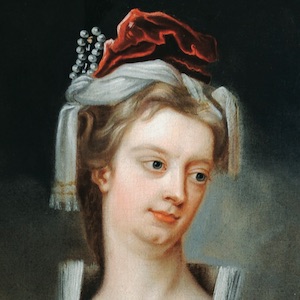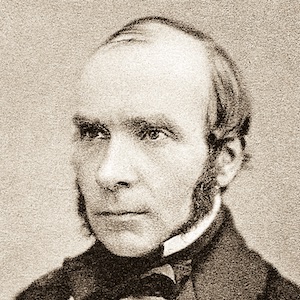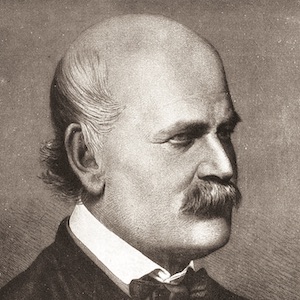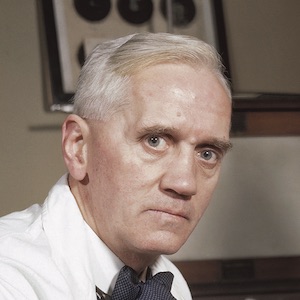 |
Name | Galen |
| Lived | 129–c. 215 | |
| Contribution | A physician to the emperors Marcus Aurelius and Lucius Verus, Galen provided the most complete clinical description of the Antonine plague, which ravaged the Roman Empire in 166. | |
| Complication | Hearing that a strange new disease was headed toward the capital, Galen fled Rome in 166 to wait out the epidemic in his hometown of Pergamum. He examined plague patients only during subsequent outbreaks, years after the initial wave. | |
 |
Name | Lady Mary Wortley Montagu |
| Lived | 1689–1762 | |
| Contribution | While living in Constantinople with her husband, the British ambassador to Turkey, Montagu was so impressed by the success of smallpox inoculation there that she introduced the practice in her home country. | |
| Complication | Fearing that inoculation might be dangerous, the British crown demanded it be tested before being offered to the general public, first on prison inmates who volunteered in exchange for pardons, and then on orphaned children. | |
 |
Name | John Snow |
| Lived | 1813–1858 | |
| Contribution | After tracing cases of an 1854 cholera epidemic to a single London water pump, proving the disease was spread through contaminated water rather than air, the British physician ceremonially removed the pump handle to prevent further infections. | |
| Complication | As Snow himself pointed out in his report On the Mode of Communication of Cholera, removing the handle probably did not have much real effect: cases had already been in steady decline by the time he identified the pump as the vector. | |
 |
Name | Ignaz Semmelweis |
| Lived | 1818–1865 | |
| Contribution | Noticing that women in his obstetric clinic were far more likely to contract puerperal fever and die when examined by doctors who had just finished conducting autopsies, Semmelweis began requiring his staff to regularly disinfect their hands. | |
| Complication | Though mortality rates in his division plummeted, Semmelweis’ colleagues thought the disinfection procedure ridiculous. Openly mocked for years, Semmelweis ended up in a mental institution, where he died of a preventable infection. | |
 |
Name | Alexander Fleming |
| Lived | 1881–1955 | |
| Contribution | Returning to his lab after a vacation, the Scottish biologist discovered that a sample of staphylococcus bacteria had been destroyed by fungal spores that had possibly blown in from an open window, thereby inadvertently discovering penicillin. | |
| Complication | While Fleming published his discovery in a medical journal, he lacked the biochemical training required to extract enough of what he called “mold juice” from his samples to produce a viable drug. That work was done by other scientists a decade later. | |
 |
Name | Mother Teresa |
| Lived | 1910–1997 | |
| Contribution | From 1952, when she established her first clinic in Calcutta, until her death, the Albanian Catholic nun opened hundreds of hospices for those dying from communicable diseases, including leprosy, tuberculosis, and AIDS. | |
| Complication | Though hailed as a symbol of philanthropy and canonized as a saint, Mother Teresa has been harshly criticized by medical professionals for her refusal to provide pain relief to sufferers, with British Indian physician Aroup Chatterjee accusing her of running a “cult of suffering.” | |